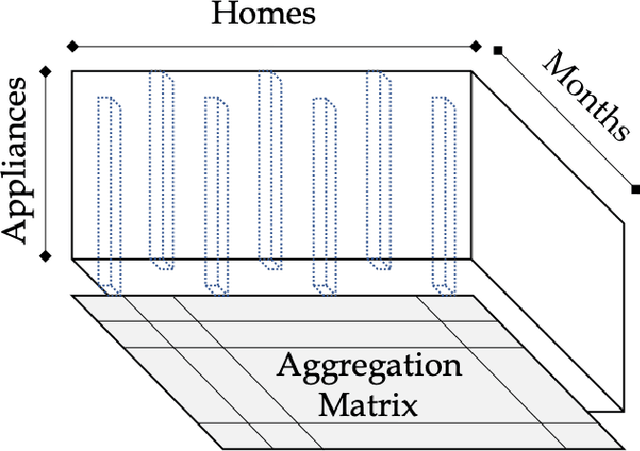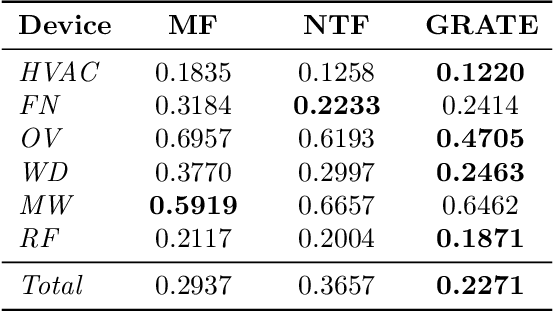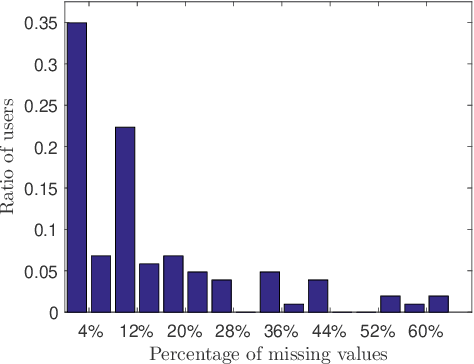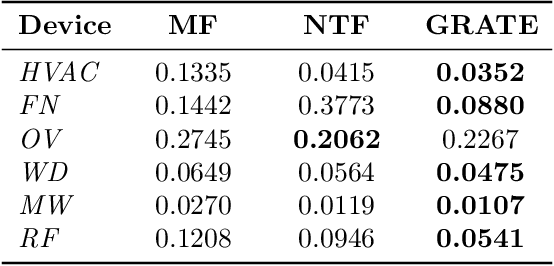GRATE: Granular Recovery of Aggregated Tensor Data by Example
Paper and Code
Apr 05, 2020



In this paper, we address the challenge of recovering an accurate breakdown of aggregated tensor data using disaggregation examples. This problem is motivated by several applications. For example, given the breakdown of energy consumption at some homes, how can we disaggregate the total energy consumed during the same period at other homes? In order to address this challenge, we propose GRATE, a principled method that turns the ill-posed task at hand into a constrained tensor factorization problem. Then, this optimization problem is tackled using an alternating least-squares algorithm. GRATE has the ability to handle exact aggregated data as well as inexact aggregation where some unobserved quantities contribute to the aggregated data. Special emphasis is given to the energy disaggregation problem where the goal is to provide energy breakdown for consumers from their monthly aggregated consumption. Experiments on two real datasets show the efficacy of GRATE in recovering more accurate disaggregation than state-of-the-art energy disaggregation methods.
 Add to Chrome
Add to Chrome Add to Firefox
Add to Firefox Add to Edge
Add to Edge